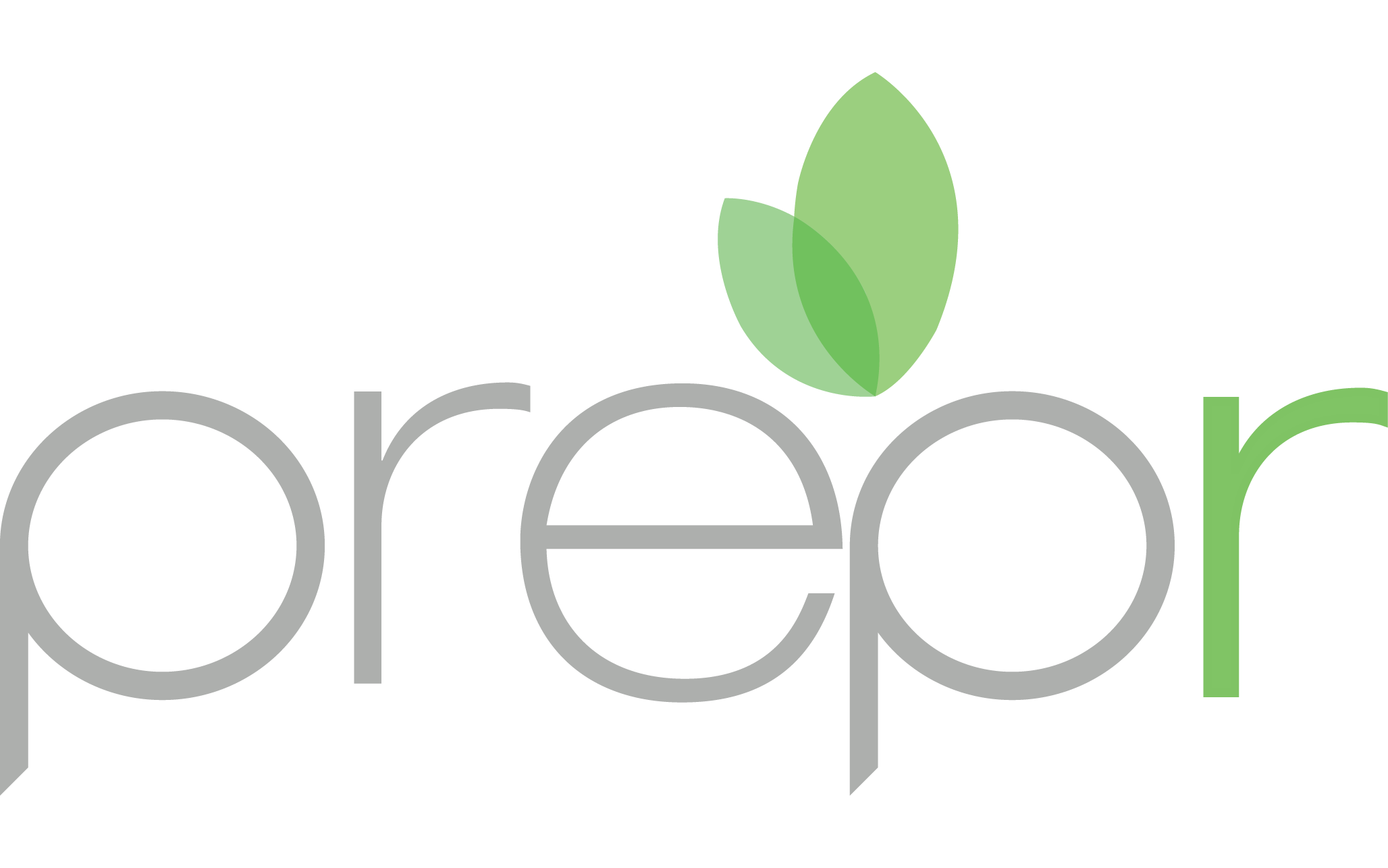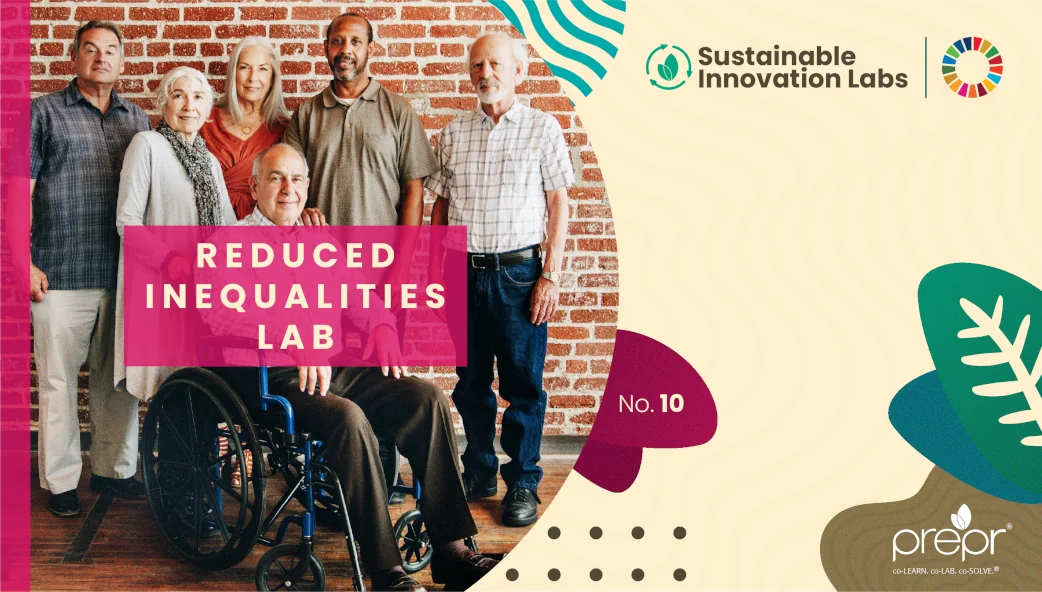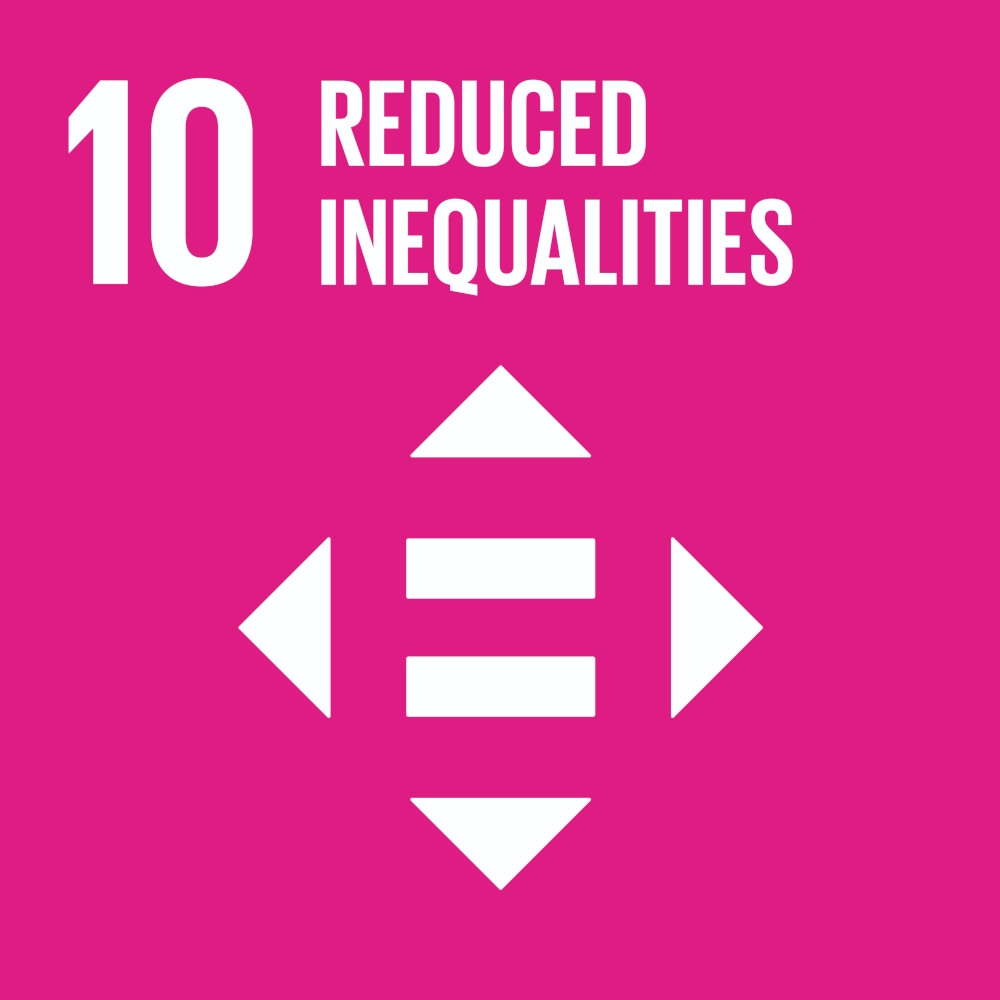Reduced Inequalities Lab
Although the past twenty-five years have seen a notable rise in global living standards, the vast majority of economic gains continue to go to a very small portion of humanity. This creates global conditions where vulnerable and marginalized populations around the world face a disproportionate share of health and humanitarian crises.
Build a future where no one is left behind by joining the Reduced Inequalities Lab, part of Prepr’s Sustainable Innovation Lab series.






